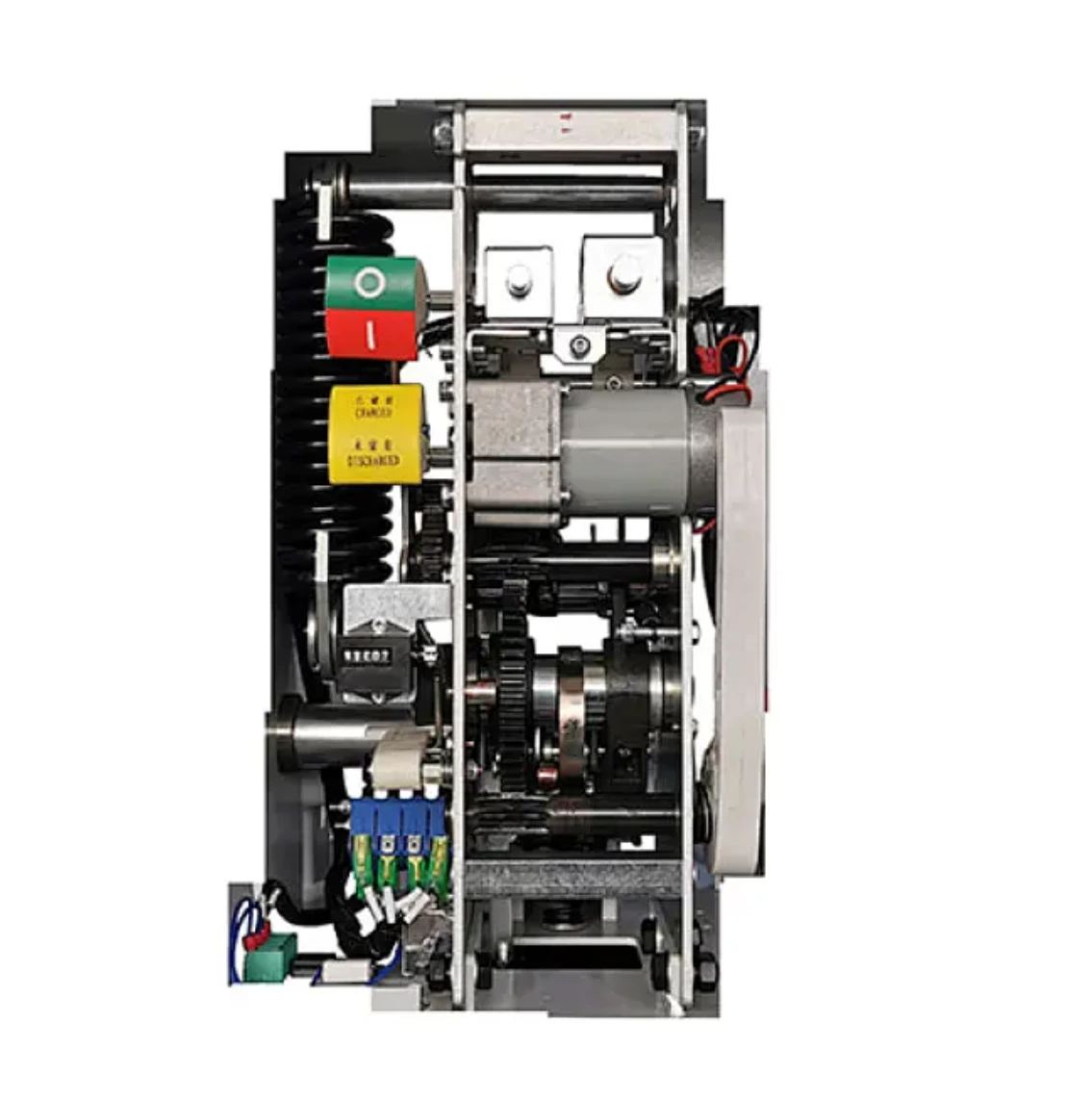How Many Types Of Power Fittings Voltage Transformers Are There? What Are The Characteristics Of Their Structures?
How many types of VCB Operating Mechanism voltage transformers are there? What are the characteristics of their structures?
Voltage transformers are mainly divided into the following three categories according to their structures.
(1) Dry-type voltage transformers
All voltage transformers below 0.5kV and voltage transformers with epoxy resin casting insulation of 10kV and below are dry-type voltage transformers, such as JDG-0.5, JDZ, JDZJ, etc. This type of voltage transformer directly uses air cooling, is light in weight, and does not contain flammable oil, so it is fireproof and explosion-proof.
(2) Oil-immersed voltage transformers
-Generally used in indoor or outdoor power distribution devices of 3kV and above, there are single-phase and three-phase types. Single-phase is used for voltage levels of 35kV and above, and three-phase is used for voltage levels of 10kV and below. The shell of the oil-immersed voltage transformer is a metal barrel, and the iron core and coil are immersed in the insulating oil in the metal barrel. The high and low voltage lead ends of the coil are insulated from the barrel skin with porcelain insulators. Voltage transformers installed indoors at 10kV and below generally do not have oil pillows (oil expanders); voltage transformers installed outdoors are usually equipped with oil pillows to adapt to temperature changes. Commonly used JD] type single-phase voltage transformers and JSJB, JSJW and other three-phase voltage transformers are all oil-immersed voltage transformers.
Due to the disadvantages of oil-immersed voltage transformers such as large size, heavy weight, and the insulating oil filled is flammable and explosive in the event of an accident, in the past decade, epoxy resin cast insulation dry-type voltage transformers have been basically used in voltage levels of 10kV and below. 1
(3) Series insulation oil-immersed voltage transformer
When the voltage is 110kV and above, it is very uneconomical to use oil-immersed single-phase voltage transformers. This is mainly because the insulation between the primary coil and the secondary coil and the iron core of the voltage transformer should be able to withstand the phase voltage of the system, requiring a large amount of high-grade insulating materials, and is also quite difficult to manufacture. Therefore, in practice, the voltage transformer is made into a series insulation type. The cascade insulated voltage transformer is an inductive potentiometer consisting of a choke coil connected in series between the phase and the ground. Since this cascade insulated voltage transformer uses two (110kV) or four (220kV) choke coils, its insulation requirements are reduced to 1/2 or 1/4 of the original, so it is much more economical in insulation than ordinary voltage transformers: Cascade insulated voltage transformers are generally made into single-phase, and they have two secondary coils.

